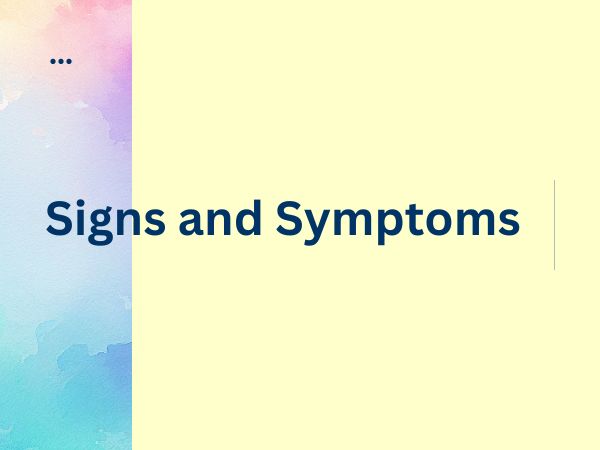Topics
Table of Contents
Fragile X Syndrome (FXS) is a genetic condition that causes a range of developmental problems, including learning disabilities and cognitive impairment. It’s the most common inherited cause of intellectual disability, affecting approximately 1 in 4,000 males and 1 in 8,000 females worldwide. Let’s delve into the specifics of Martin-Bell syndrome, including its types, signs, symptoms, causes, prevention, treatment, diagnosis, and potential home remedies.
Types of Fragile X Syndrome

Fragile X Syndrome has two main types:
- Full Mutation: Individuals with the full mutation have a significant expansion of the CGG trinucleotide repeat in the FMR1 gene, typically over 200 repeats. This leads to a deficiency or absence of the fragile X mental retardation protein (FMRP), which is essential for normal brain development.
- Permutation: The premutation consists of a smaller expansion of the CGG repeat, usually between 55 and 200 repeats. Individuals with the premutation are carriers of Martin-Bell syndrome and are at risk of developing Fragile X-associated disorders, such as Fragile X-associated tremor/ataxia syndrome (FXTAS) and Fragile X-associated primary ovarian insufficiency (FXPOI).
Signs and Symptoms of Fragile X Syndrome

The signs and symptoms of Fragile X Syndrome vary widely among affected individuals and can range from mild to severe. Common characteristics may include:
- Intellectual disability ranges from mild to severe.
- Learning difficulties, including challenges with language and speech.
- Behavioral problems such as anxiety, hyperactivity, and impulsiveness.
- Attention deficit and hyperactivity disorder (ADHD).
- Autism spectrum disorder (ASD), including repetitive behaviors and social difficulties.
- Physical features such as a long face, large ears, and hyperflexible joints.
Causes of Fragile X Syndrome

Fragile X Syndrome is caused by mutations in the FMR1 gene located on the X chromosome. The mutation results in the abnormal expansion of the CGG trinucleotide repeat within the gene. This expansion interferes with the production of FMRP, a protein necessary for normal brain development and function.
Prevention and Risk Factors
Since Fragile X Syndrome is a genetic condition, it cannot be prevented. However, individuals with a family history of Martin-Bell syndrome or carriers of the FMR1 premutation may undergo genetic counseling and testing to understand their risk of passing the condition to their children.
Diagnosis of Martin-Bell syndrome
Diagnosing Martin-Bell syndrome involves genetic testing to analyze the number of CGG repeats in the FMR1 gene. Prenatal testing is also available for at-risk pregnancies.
Treatment Options

While there is no cure for Martin-Bell syndrome, treatment focuses on managing symptoms and improving quality of life. Treatment options may include:
- Early intervention programs that provide educational and behavioral support.
- Speech therapy and occupational therapy to address communication and motor skill challenges.
- Medications to manage symptoms such as anxiety, ADHD, and aggression.
- Behavioral interventions and social skills training.
- Special education programs are tailored to individual needs.
Home Remedies and Supportive Care

In addition to professional treatment, there are some home remedies and supportive measures that can help individuals with FXS:
- Establishing a structured routine can help reduce anxiety and improve predictability.
- Providing a supportive and nurturing environment that encourages communication and social interaction.
- Encouraging physical activity and exercise to promote overall well-being.
- Exploring alternative therapies such as music therapy and sensory integration techniques.
- Seeking support from community organizations and support groups for families affected by FXS.
In conclusion, Martin-Bell syndrome is a complex genetic disorder that presents challenges for affected individuals and their families. While there is no cure, early intervention, supportive care, and a multidisciplinary approach to treatment can help individuals with Martin-Bell syndrome reach their full potential and improve their quality of life.
